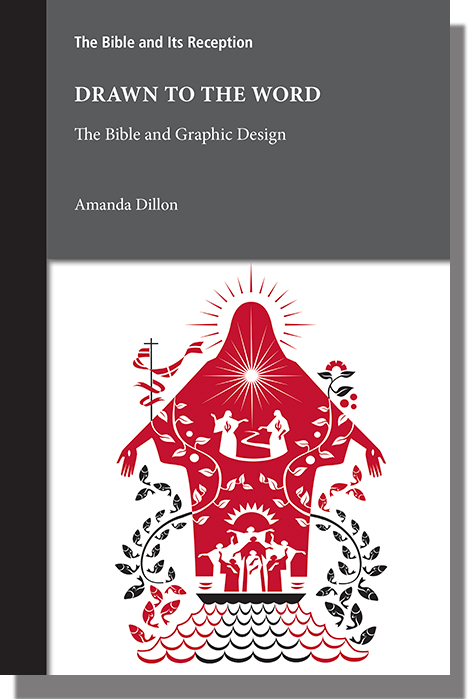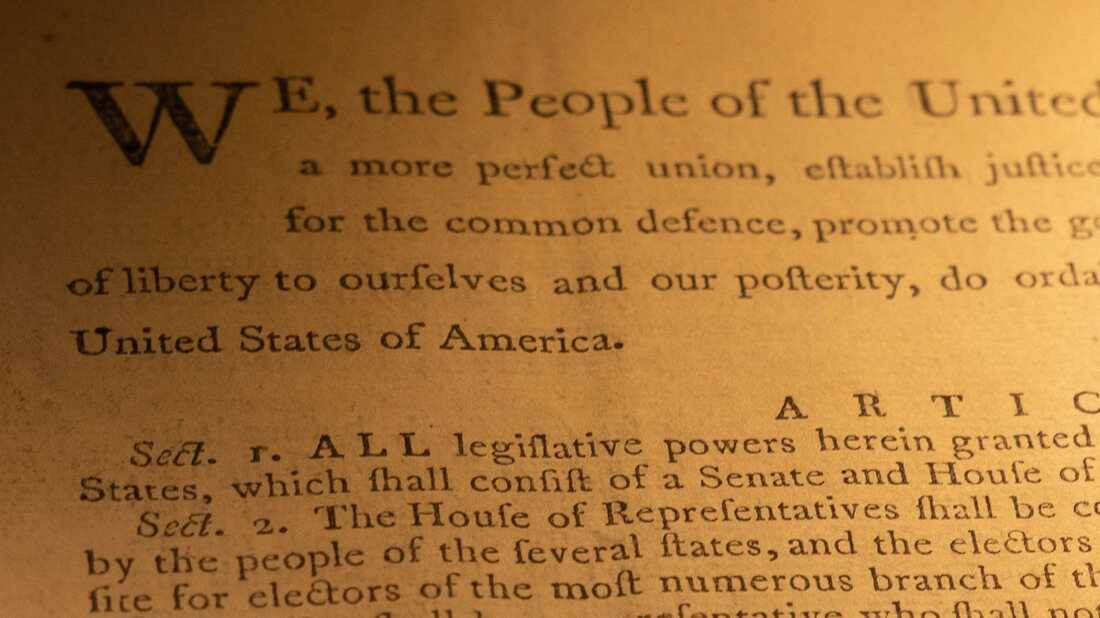Donald Trump's manipulation of the Bible is again making news with his endorsement of "The God Bless the USA Bible." He claims that religion and Christianity are under assault from liberals and glosses his famous slogan, "make America great again,'' with "Let's make America pray again." Of course, many critics (e.g. Rev. Al Sharpton) have pointed out that Trump's personal history shows little concern for religion or traditional values.
While president, Trump manipulated a bible to try to rally Evangelical Christians behind him (see Trump's Bible Pose and Responding to Trump's Bible Pose). The "God Bless America" Bible actually seems more in character for Trump, who has a long history of raising money by licensing his name to sell all kinds of merchandise, including gold-colored sneakers.
Not that bible editions catering to Christian nationalism are a novelty: a major Bible publisher, Thomas Nelson which is owned by Harper Collins, has been selling The American Patriot's Bible since 2009. But this recent news does emphasize, again, the current subservience of American evangelicalism to Trump.
For a definitive analysis of the social and religious effects of bible marketing, see Timothy Beal's The Rise and Fall of the Bible (Mariner, 2012).









